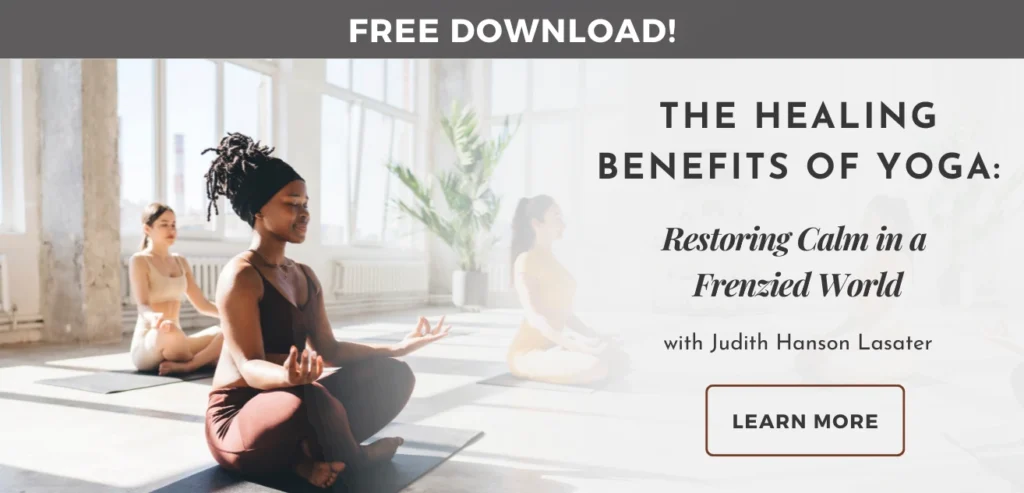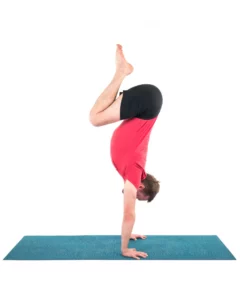Same Shape, Different Yoga Pose
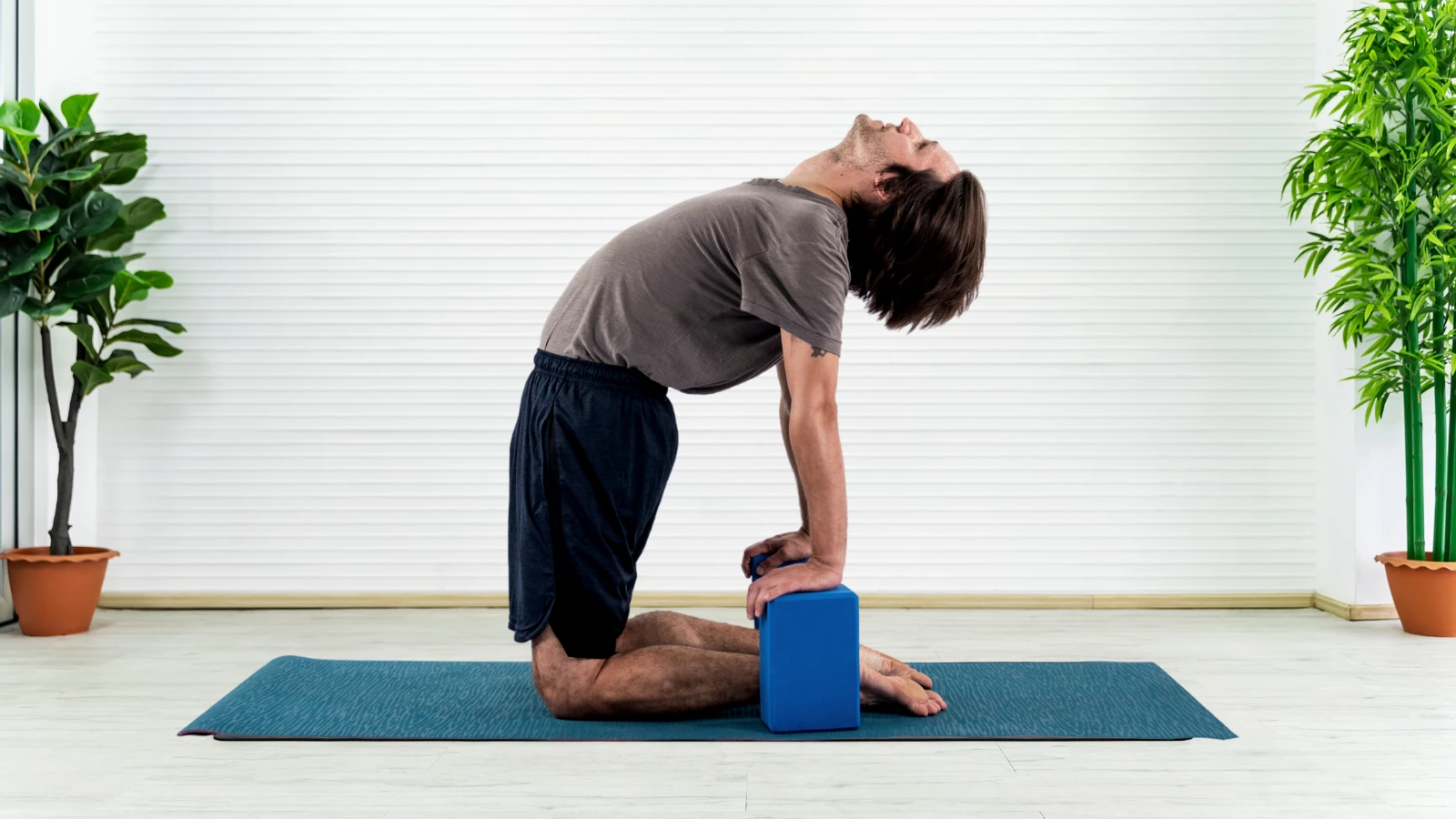
Article At A Glance
We often see yoga poses in terms of their shape. What are we stretching? What are we stabilizing? Which muscles need to engage, and which muscles need to relax? But the shape of an asana is not all there is to it. How the body relates to gravity in each yoga pose is just as important.
One of the most obvious ways we can feel the different effects of gravity is by looking at poses that are the same shape but have a different gravitational effect on the body. For example, Hand-to-Big-Toe Pose (Parsva Hasta Padangusthasana) and Reclining Hand-to-Big Toe Pose (Parsva Supta Padangusthasana) are exactly the same shapes. But the former contains the element of balancing, while the latter is pretty much pure stretch. Ardha Chandrasana (Half Moon Pose) also shares the same shape.
Gravity And The Shape Of a Yoga Pose
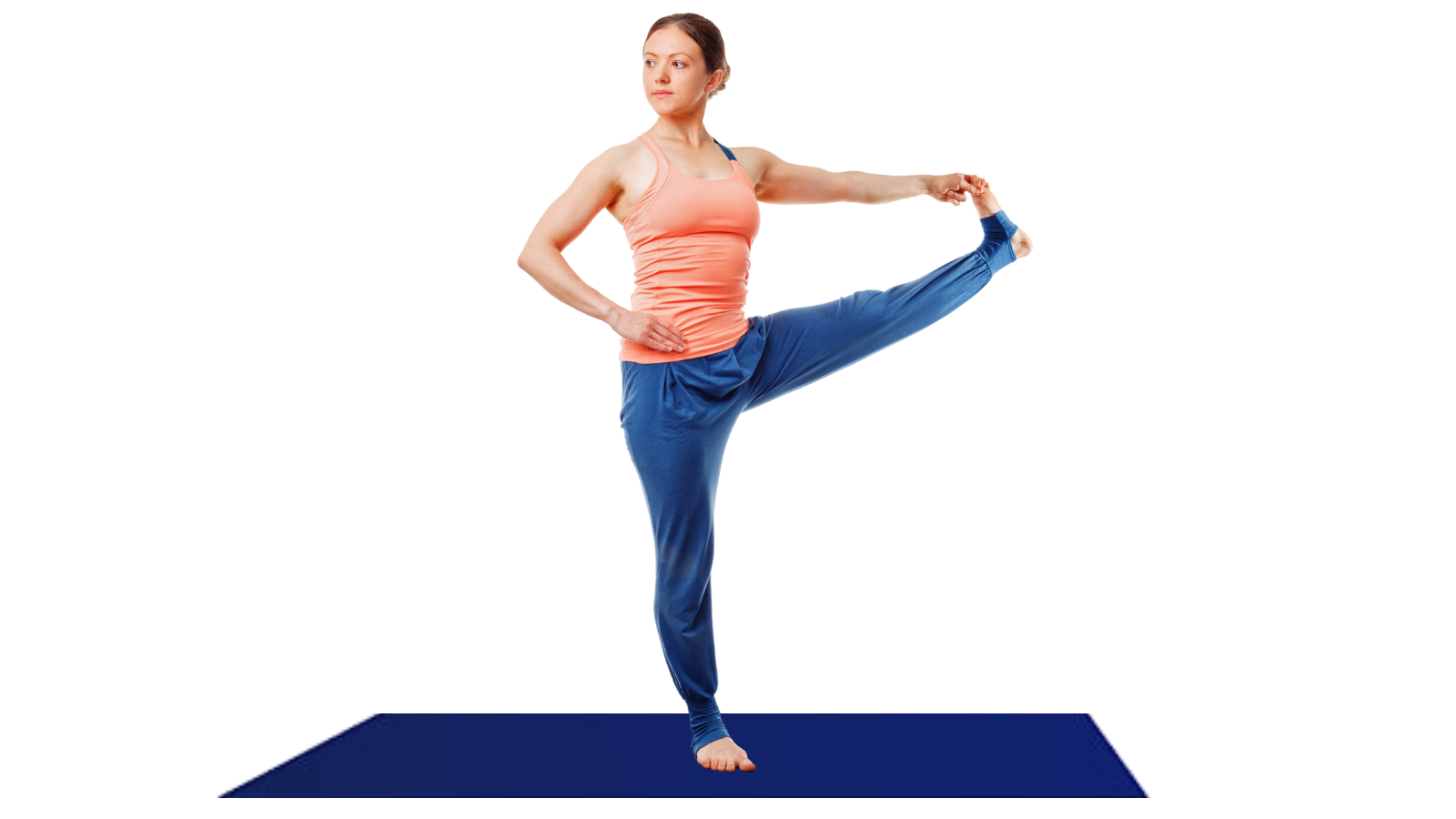
In Parsva Hasta Padangusthasana, our bodies are upright, with only our standing foot in contact with the ground. In this pose, balancing—the stability of our standing leg—is our first concern. Expansion is also an important aspect of this pose’s shape, but of course, staying upright is most crucial. The balancing aspect of the pose helps to concentrate the mind, while the expansive aspect can promote free breathing as well as a feeling of exhilaration.
Supta Padangusthasana takes out the balance challenge and allows us to focus on expansion. For this reason, it might be a good yoga pose to practice before attempting Hasta Padanghustasana. The supine version focuses on expanding the body and the breath. Grounding the stationery leg (the leg that would be our standing leg in the previous pose) helps us maintain our Mountain Pose (Tadasana) alignment.
Ardha Chandrasana is yet another variation of the same shape. Balancing is also key in Half Moon Pose. But the orientation is entirely different, not our familiar upright posture. So in some ways, this pose can be even more challenging balance-wise. The hip of the standing leg is flexed rather than extended, and our heads are sideways. For these reasons, the pose is inherently disorienting. Challenging your balance in different orientations helps hone your balance overall. If you’re interested in improving balance, Ardha Chandrasana is an important pose to keep in your repertoire.
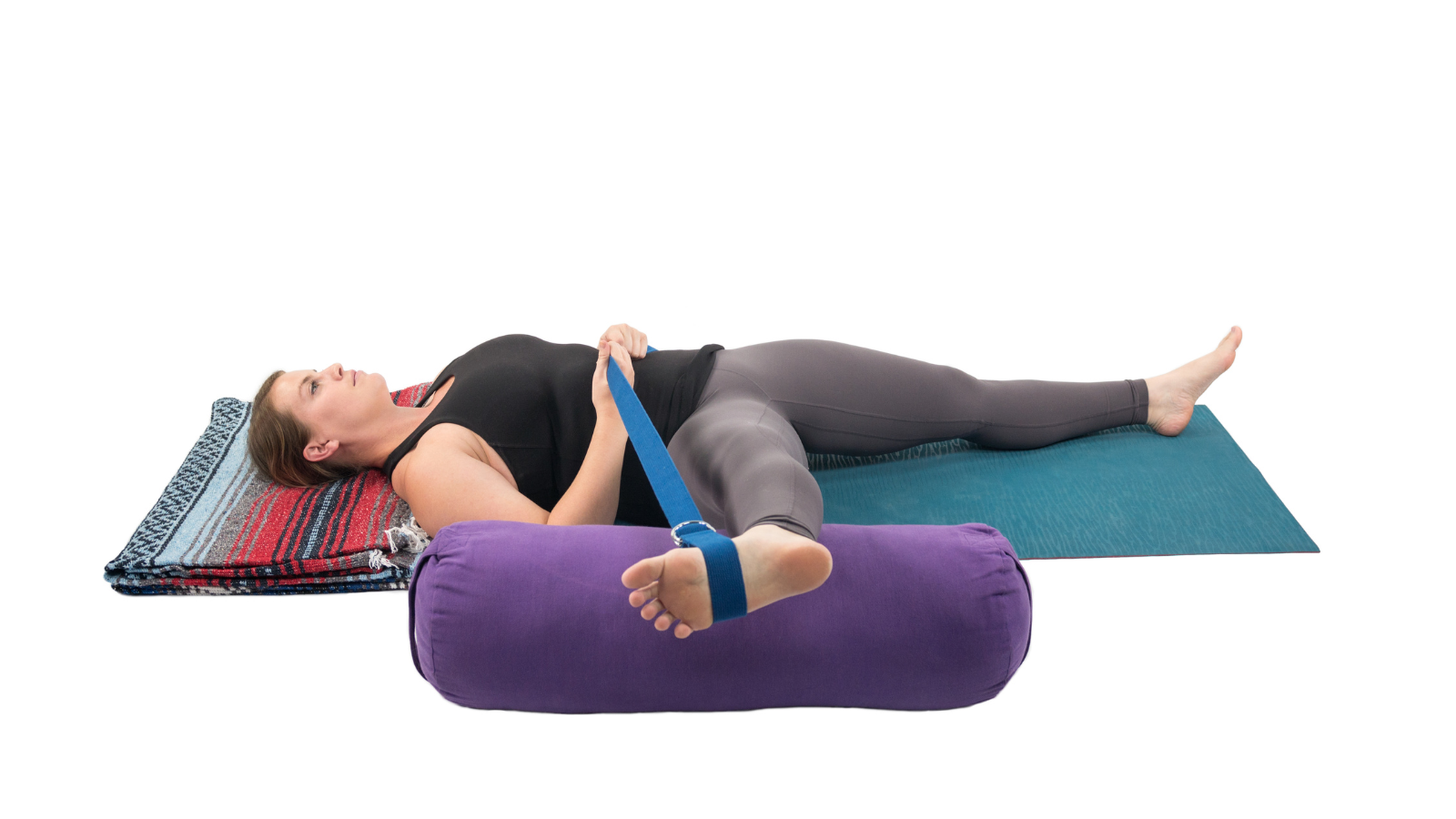
The Benefits Of Challenging Your Vestibular System
This brings up another benefit of practicing yoga poses with the same shape, but differently oriented to gravity. One of yoga practice’s unique benefits is its ability to stimulate the vestibular system. In a recent article, psychologist and yoga teacher Sharon Heller, Ph.D., writes about how yoga interacts with this system. She writes that placing your head in different relationships to gravity produces vestibular input.
According to the article, increasing vestibular input improves thinking, reduces the stress response, and contributes to “yoga bliss.”
In each of the above three poses, the head is in a different relationship to gravity. Each change in head orientation lubricates the vestibular system. So in addition to the various benefits of each individual yoga pose, practicing all three can help to stimulate this system.

Same Shape, Different Yoga Pose
It can be fun to organize a yoga practice or class around yoga poses that are the same shape but different. Here are a few other examples of poses that fit into this category:
- Standing Forward Bend Pose (Uttanasana), Seated Forward Bend Pose (Paschimottanasana), and Plow Pose (Halasana)
- Standing Figure-4 Stretch (Eka Pada Utkatasana) and Supta Reclining Half Lotus Pose (Ardha Padmasana)
- Wide-Legged Standing Forward Bend (Prasarita Padottanasana) and Seated Angle Pose (Upavista Konasana)

- Camel Pose (Ustrasana) and Bridge Pose (Setu Bandhasana)
- Tadasana and Headstand Pose (Sirsasana)
- Upward Hands Pose (Urdhva Hastasana) and Handstand Pose (Adho Mukha Vrksasana)
- Downward Facing Dog Pose (Adho Mukha Svanasana) and Half Downward Facing Dog Pose (Ardha Adho Mukha Svanasana)

What other similarly shaped poses can you think of?
Also, read...
Teaching Svadhyaya: 3 Ways to Encourage Self-Study in Yoga
In Celebration of Gray-Haired Yoga – Busting the Myth of the Yoga Body
Related courses

Charlotte Bell began practicing yoga in 1982 and began teaching in 1986. She was certified by B.K.S. Iyengar in 1989 following a trip to Pune. In 1986, she began practicing Insight Meditation with her mentors Pujari and Abhilasha Keays. Her asana classes blend mindfulness with physical movement. Charlotte writes a column for Catalyst Magazine and serves as editor for Yoga U Online. She is the author of two books: Mindful Yoga, Mindful Life, and Yoga for Meditators, both published by Rodmell Press. She also edits Hugger Mugger Yoga Products’ blog and is a founding board member for GreenTREE Yoga, a non-profit that brings yoga to underserved populations. A lifelong musician, she plays oboe and English horn in the Salt Lake Symphony and the folk sextet Red Rock Rondo whose 2010 PBS music special won two Emmys.


